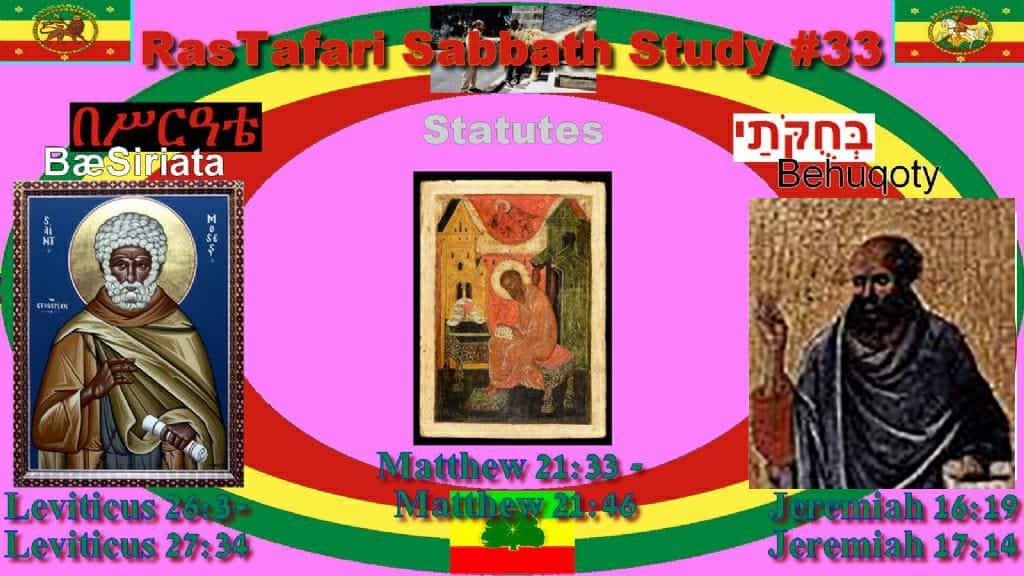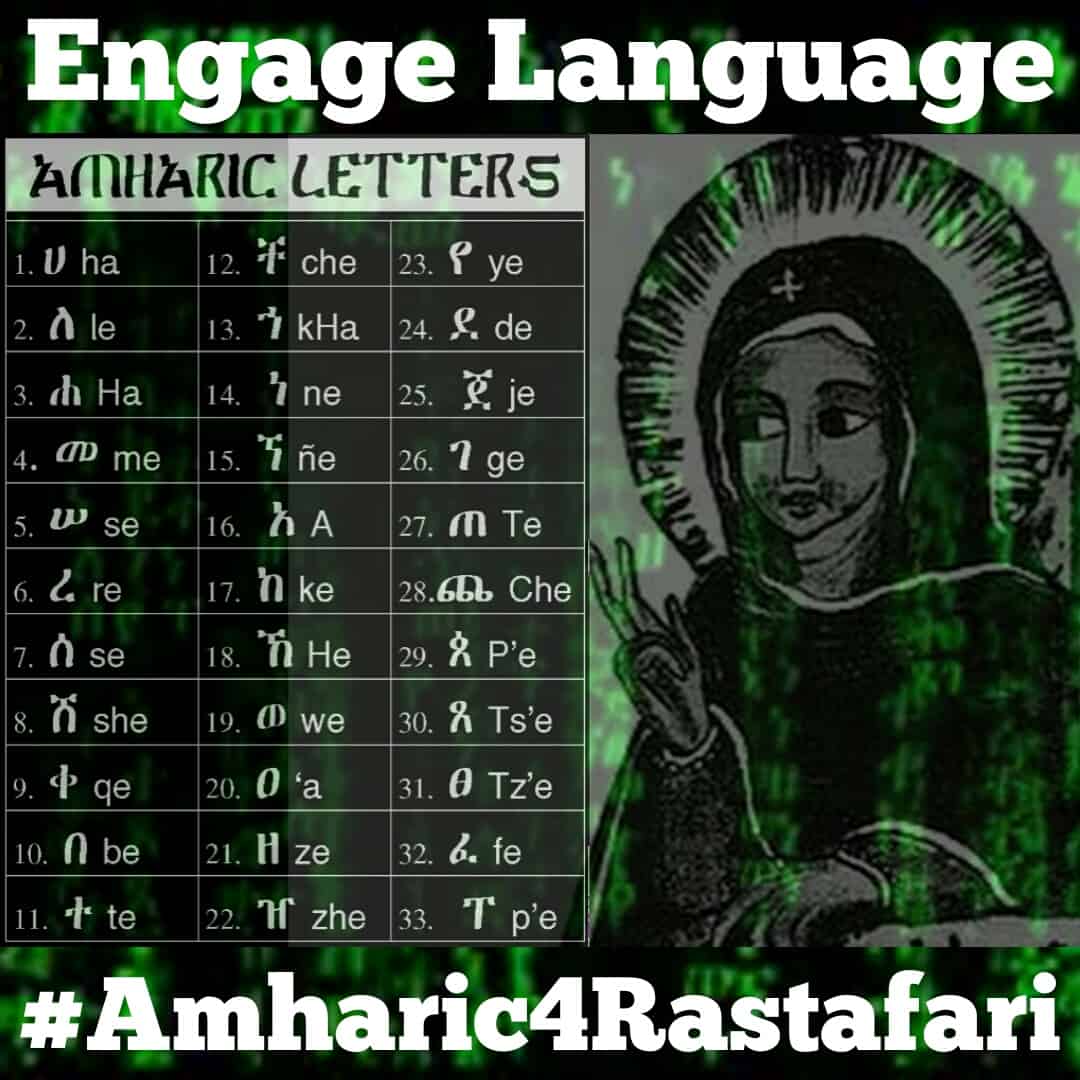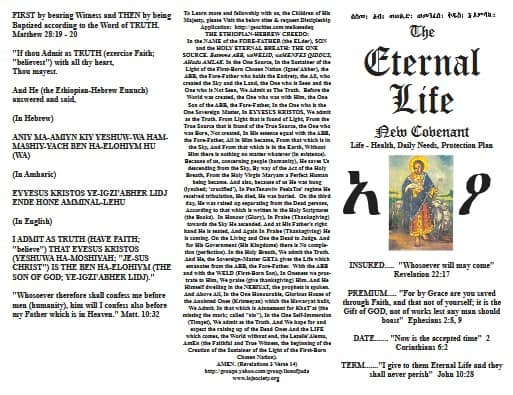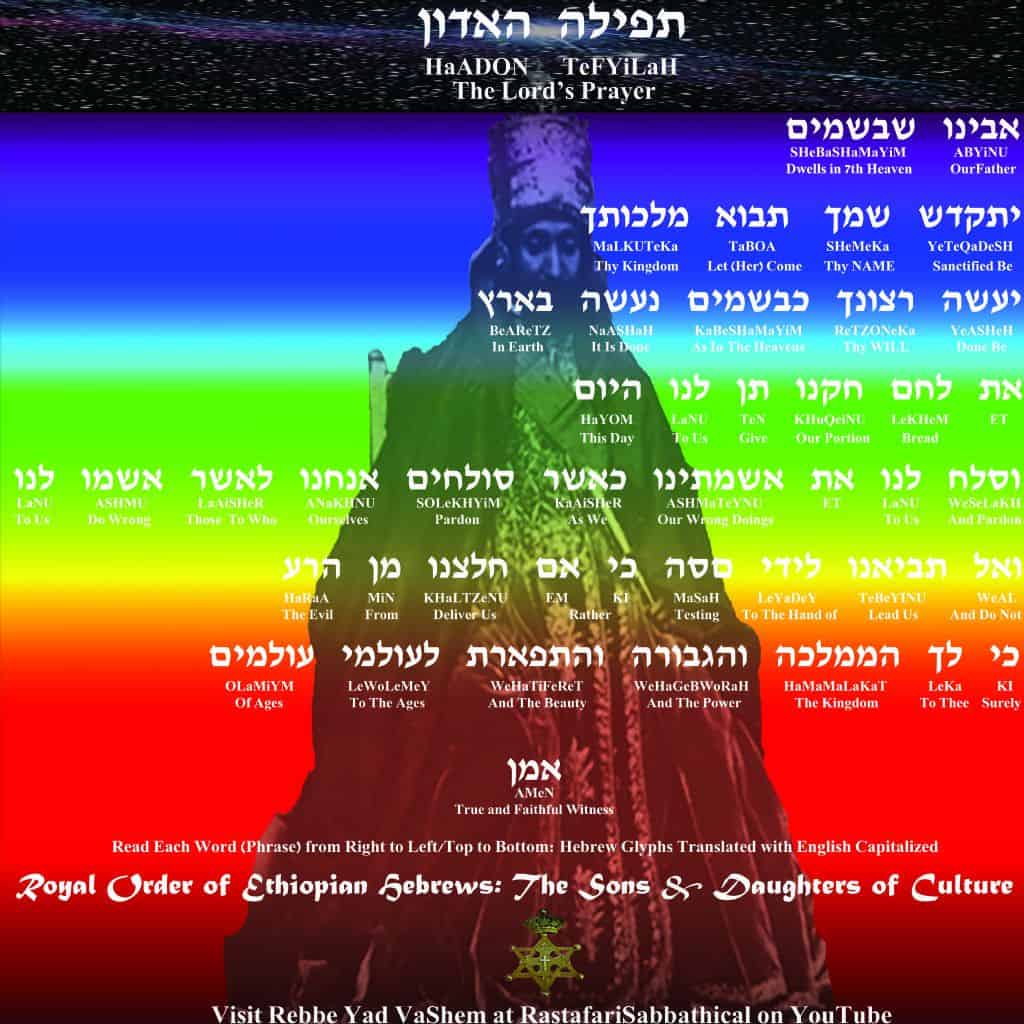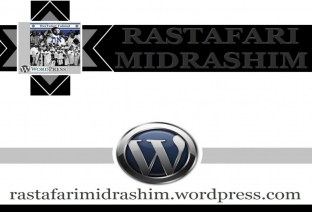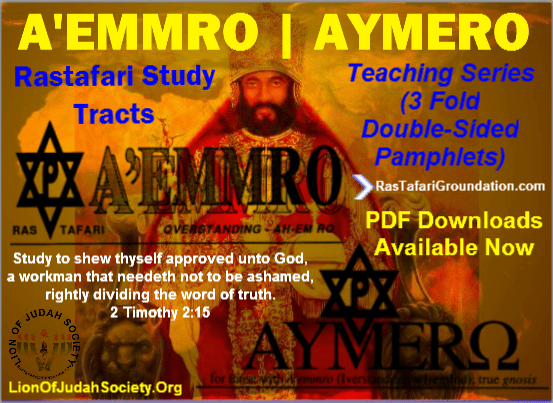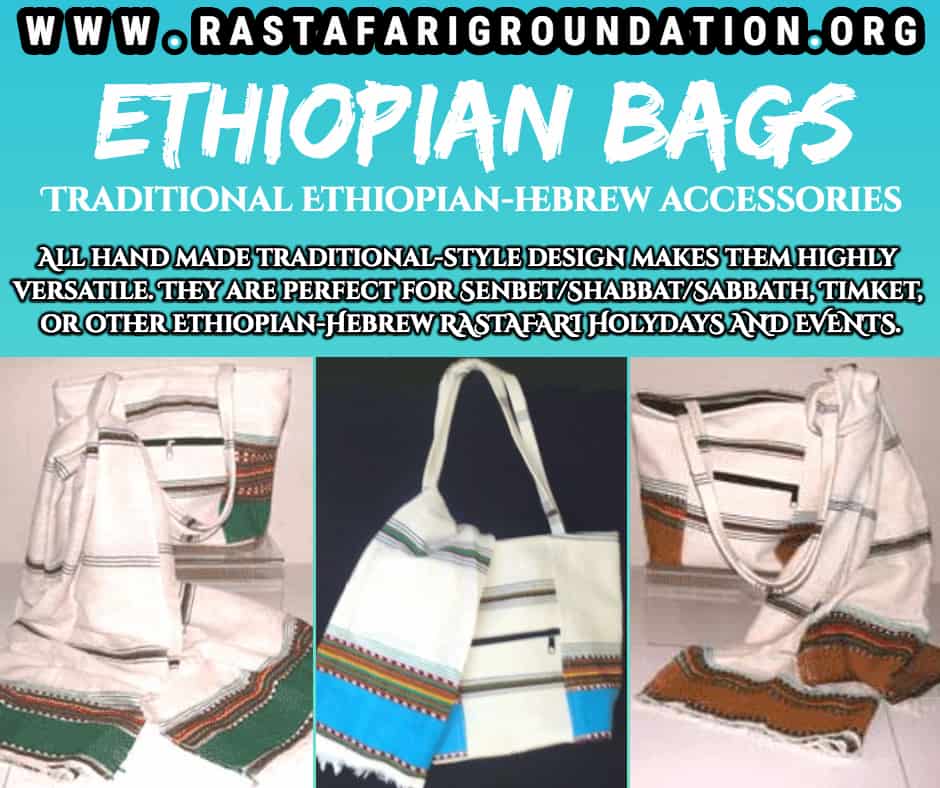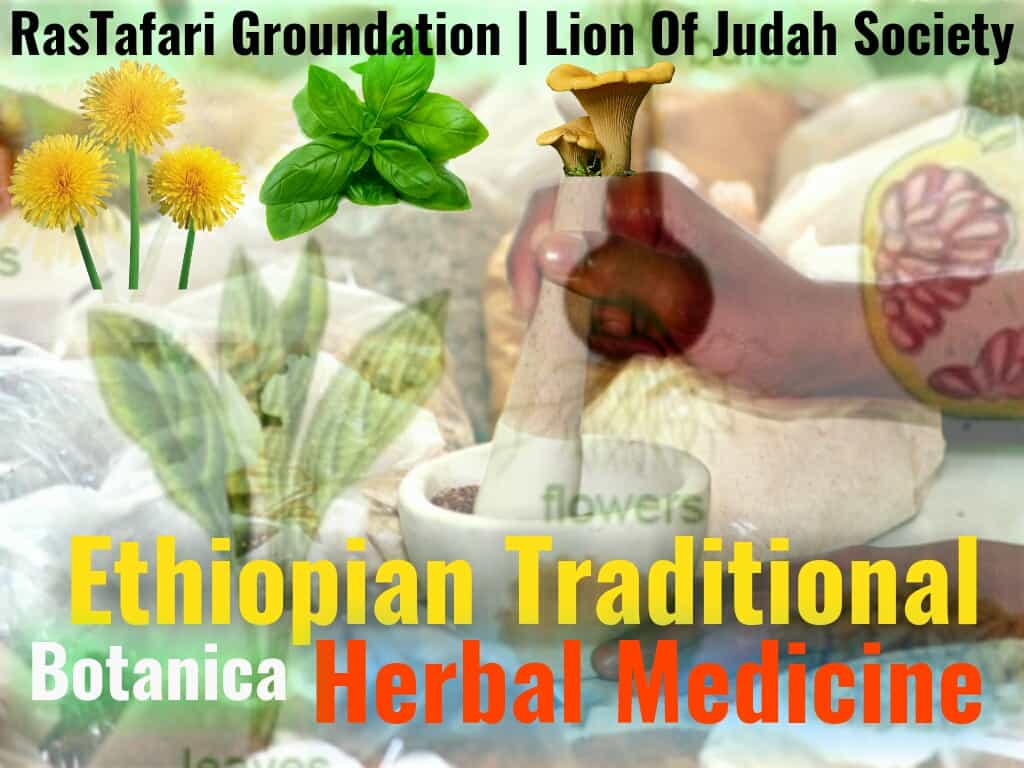This Week's Portion #19
Terumah | תרומה | "Contribution/Heave offering" ስጦታ… መባ | S’TT’ota [siTota]… Mebba
*For a PDF version of All the Torah Portions Schedule, click here to download!
2. Prophets Reading
1 Kings 5:12-6:13
3. New Testament Reading
2 Cor 9:1-15; Matt 5:33-37
Portion Outline - TORAH
- Exodus 25:1 | Offerings for the Tabernacle
- Exodus 25:10 | The Ark of the Covenant
- Exodus 25:23 | The Table for the Bread of the Presence
- Exodus 25:31 | The Lampstand
- Exodus 26:1 | The Tabernacle
- Exodus 26:15 | The Framework
- Exodus 26:31 | The Curtain
- Exodus 27:1 | The Altar of Burnt Offering
- Exodus 27:9 | The Court and Its Hangings
Portion Outline - PROPHETS
- 1 Kings 5:1 | Preparations and Materials for the Temple
- 1 Kings 6:1 | Solomon Builds the Temple
Portion Study Book Download & Summary
SHEMOT Hebrew Book of Exodus - Torah Portion Vol.2 (FREE PDF)
The nineteenth reading from the Torah is named Terumah (תרומה). In Exodus 25:2, the LORD commanded Moses to “tell the sons of Israel to [take] a contribution for Me.” The word translated as “contribution” is terumah (תרומה), which is the name of this Torah portion. Terumah is a word with no real English equivalent. In the Torah, terumah refers to a certain type of offering dedicated to the Temple, like a tithe or firstfruits offering. In Exodus 25, the contribution is for the building of a holy place. This Torah reading is occupied with the instructions for the building of the Tabernacle and its furnishings.
Portion Commentary
Inside the Ark
Thought for the Week:
The ark of the covenant was at the heart of the Tabernacle. As such, it corresponds to the heart of man. Just as the ark was God's throne in the Tabernacle, we need to make our hearts a suitable throne for Him in our lives.
Commentary:
You shall put into the ark the testimony which I shall give you. (Exodus 25:16)
It is easy to look good on the outside, but how do we make our hearts pure and keep them pure? Is it even possible?
In Hebrew thought, the heart is the not regarded as the seat of the emotions. Instead it represents a person's thoughts, intellect and will. The Hebrew Bible uses the word heart the way we use the word mind in English.
The Torah says, "Every intent of the thoughts of [man's] heart was only evil continually" (Genesis 6:5) and "The intent of man's heart is evil from his youth" (Genesis 8:21). The prophet Jeremiah says, "The heart is more deceitful than all else and is desperately sick; who can understand it?" (Jeremiah 17:9). If this is the state of the human mind, how can we ever hope to change? How can we have pure hearts? "Who can say, ‘I have cleansed my heart, I am pure from my sin ‘?" (Proverbs 20:9) the Proverbs asks.
God promises that He will change our hearts from within. This is the promise of His new covenant. In Jeremiah 31:33, He said He would make a new covenant with His people Israel, and as a part of the new covenant, He would change their hearts by writing His Torah on them.
"But this is the covenant which I will make with the house of Israel after those days," declares the LORD, "I will put My Torah within them and on their heart I will write it; and I will be their God, and they shall be My people." (Jeremiah 31:33)
The concept of placing the Torah in our hearts is illustrated by the ark of the covenant. The ark was made to house the two tablets of the covenant. So too the Torah is to be placed in our hearts. The prophet Ezekiel promises that in the Messianic redemption God will give us new hearts:
Moreover, I will give you a new heart and put a new spirit within you; and I will remove the heart of stone from your flesh and give you a heart of flesh. (Ezekiel 36:26)
When we commit ourselves to be followers of Yeshua and recipients of His cleansing, the Spirit of God begins the process of recreating our hearts. We should pray toward this end with the words of King David, who said, "Create in me a clean heart, O God" (Psalm 51:10). Then we may declare along with him, "I delight to do Your will, O my God; Your Torah is within my heart" (Psalm 40:8).
The Torah can be likened to a marriage contract (ketubah). In Jewish tradition, the ketubah is placed somewhere within the family home as a continual reminder of the marriage obligations. In the days of Moses, the Tabernacle stood in the center of the encampment of the tribes of Israel. The focal point of the Tabernacle was an inner chamber called the Holy of Holies, in which stood the ark of the covenant. The two tablets of the Ten Commandments were inside the ark. In that regard, the Torah, God's ketubah with Israel, was at the center of the home.
Middot U’Mitzvot (Character and Deeds)
Heart of the Disciple
You shall overlay it with pure gold, inside and out you shall overlay it, and you shall make a gold molding around it. (Exodus 25:11)
The ark was a wooden chest constructed of resinous acacia wood. The wood was overlaid with pure gold inside and outside. We can understand why the chest was coated with gold on the outside where it could be seen, but why waste precious gold by overlaying the inside of the chest? No one could see the inside of the ark.
The gold on the inside teaches us an important lesson about integrity. To be a suitable vessel for God's service, it is not sufficient for a person to merely look godly on the outside. Though the exterior appearance is important, the interior is equally important. The word hypocrite comes from the Greek word for "actor." A hypocrite is someone who acts like a righteous person but is not. Yeshua criticized many of the pharisees of His day and their disciples for hypocrisy.
One who looks righteous on the outside but is privately godless is a hypocrite. A person who dresses piously and pretends to behave holy while harboring wicked and impure things in his heart is a hypocrite.
The ark of the covenant was overlaid with pure gold on the outside and the inside to teach us that it is not sufficient to be righteous only in the eyes of men. "God sees not as man sees, for man looks at the outward appearance, but the LORD looks at the heart" (1 Samuel 16:7).
![Terumah | תרומה | "Contribution/Heave offering" ስጦታ… መባ | S’TT’ota [siTota]… Mebba Terumah | תרומה | "Contribution/Heave offering" ስጦታ… መባ | S’TT’ota [siTota]… Mebba](https://lojs.org/wp-content/uploads/2019/03/Discipleship-Radi0-RasTafari-Bible-Readings-19_2_1.jpg)



![Terumah | תרומה | "Contribution/Heave offering" ስጦታ… መባ | S’TT’ota [siTota]… Mebba Terumah | תרומה | "Contribution/Heave offering" ስጦታ… መባ | S’TT’ota [siTota]… Mebba](https://lojs.org/wp-content/uploads/2019/03/Discipleship-Radi0-RasTafari-Bible-Readings-19_.jpg)
![Terumah | תרומה | "Contribution/Heave offering" ስጦታ… መባ | S’TT’ota [siTota]… Mebba Terumah | תרומה | "Contribution/Heave offering" ስጦታ… መባ | S’TT’ota [siTota]… Mebba](https://lojs.org/wp-content/uploads/2019/03/Discipleship-Radi0-RasTafari-Bible-Readings-19_2_.jpg)
![Terumah | תרומה | "Contribution/Heave offering" ስጦታ… መባ | S’TT’ota [siTota]… Mebba](https://lojs.org/wp-content/uploads/2019/03/Discipleship-Radi0-RasTafari-Bible-Readings-19_2.jpg)


